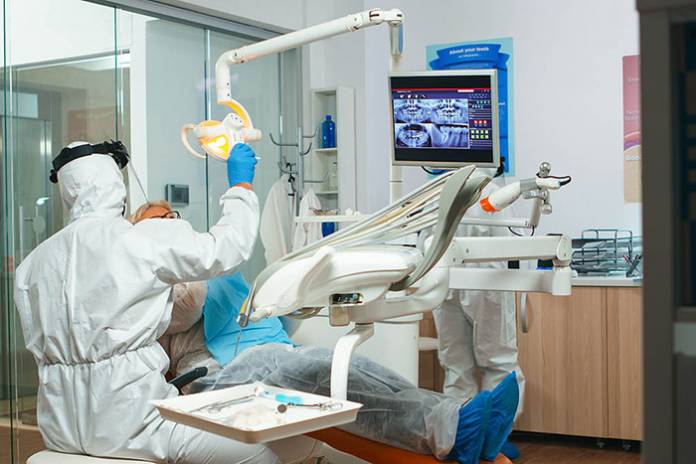
Are you intrigued by the origin of the term “wisdom teeth”? Most of us are curious about that, too! Wisdom teeth are molars that develop after puberty and apparently, it is around that age that humans are supposed to be wiser. But even though the appearance of wisdom teeth is pretty common, it may never appear in some individuals, or if it does, it is incomplete. And it is also possible for someone to get four or more wisdom teeth!
Where is your wisdom teeth?
If you wish to see your wisdom tooth, go in front of a mirror and try looking inside your mouth. If you see any permanent molars at the farthest arch in your mouth, those are your wisdom teeth. According to an article on wisdom teeth removal by the respected dental portal in Singapore – Dentaleh, If there is no sign of any tooth, you should get an x-ray to see it. A panoramic x-ray can determine the exact location of the tooth, including the angle from which it will emerge. If the tooth is emerging soon, it usually causes pain and when this happens, you need to see a dentist immediately. The dentist will take a look at the condition of your tooth and will recommend the right course of action.
What is the extraction process like and is it mandatory?
The wisdom teeth removal process is easier for younger patients because their bone has less density compared to adults, and their teeth have yet to reach the fully-developed phase. When it comes to older patients, the recovery time is typically longer.
But before you rush into anything, you should know that extraction is not for everyone. In other words, not all wisdom teeth are meant to be removed! We have this preconceived notion that having a wisdom tooth is harmful, but that is wrong. If you are among the lucky people whose teeth emerged cleanly without harming the adjacent tooth, then congratulations! You can go on with your life without experiencing the pain of a wisdom tooth extraction, but you still need to pay extra attention to your tooth.
The wisdom teeth of adults between sixteen and twenty-three years of age continue to develop, and that makes routine dental checkups a necessity. If you are within this age bracket, you need to see your dentist regularly to monitor the condition of the tooth. Oral health habits must also be adjusted. You can start by modifying the angle when you brush and floss so that all surfaces of the wisdom tooth are covered. Doing so will keep the gums in good shape and keep them safe from infections.
When do you have to remove your wisdom teeth?
Extraction becomes an absolute must when the tooth emerges unnaturally. There are cases when the angle of the wisdom tooth harms other teeth. In addition, an impacted tooth can bring on intense pressure if the space inside the mouth is too small. This can result in migraines, tooth pain, and jaw stiffness and pain.
Cleaning the tooth is a huge challenge, too. If not cleaned properly, the wisdom tooth will get cavities and will eventually decay, so the ideal option is to remove it before the worst happens. You would not want to reach the point where you have to deal with the damage using expensive methods such as crowns, fillings, or root canals.
Wisdom tooth removal surgery
A removal operation becomes crucial once the tooth gets infected or inflamed. Pericoronitis is a known infection and it is the most common reason for emergency tooth extractions. Pericoronitis is characterized by scarcity of space in the lower side of the mouth. A person with pericoronitis will experience inflamed gums, halitosis, pain when using the back teeth, and in worst cases, pus in the area of the wisdom tooth.
During the operation, the patient will receive an injection of local anesthesia to minimize discomfort and pain. The patient may also be put to sleep or sedated if he or she wishes. The entire procedure can last for half an hour and more. And sometimes, two or more teeth (not necessarily a wisdom tooth) can be removed at once. When the wisdom tooth is removed, stitches will be applied to the treated area. There are two types of stitches: there are dissolvable stitches that automatically comes out in less than a week or the type of stitches that will need to be manually removed after a few days.
Post-op Recovery
The first stage of the recovery process takes a week. If you notice slight bleeding, do not panic because it usually happens, especially after minor surgery. You might also experience some pain, difficulty in opening the mouth, and jaw stiffness as soon as the effects of the anesthesia are gone. You can use a cold pack and pain killers to provide relief. You can take antibiotics, too, if needed. Smoking, alcohol, and consuming anything spicy are not allowed during the recovery period. You should also refrain from intense physical activities. Following the post-operative guidelines are important to prevent complications and promote faster healing.











